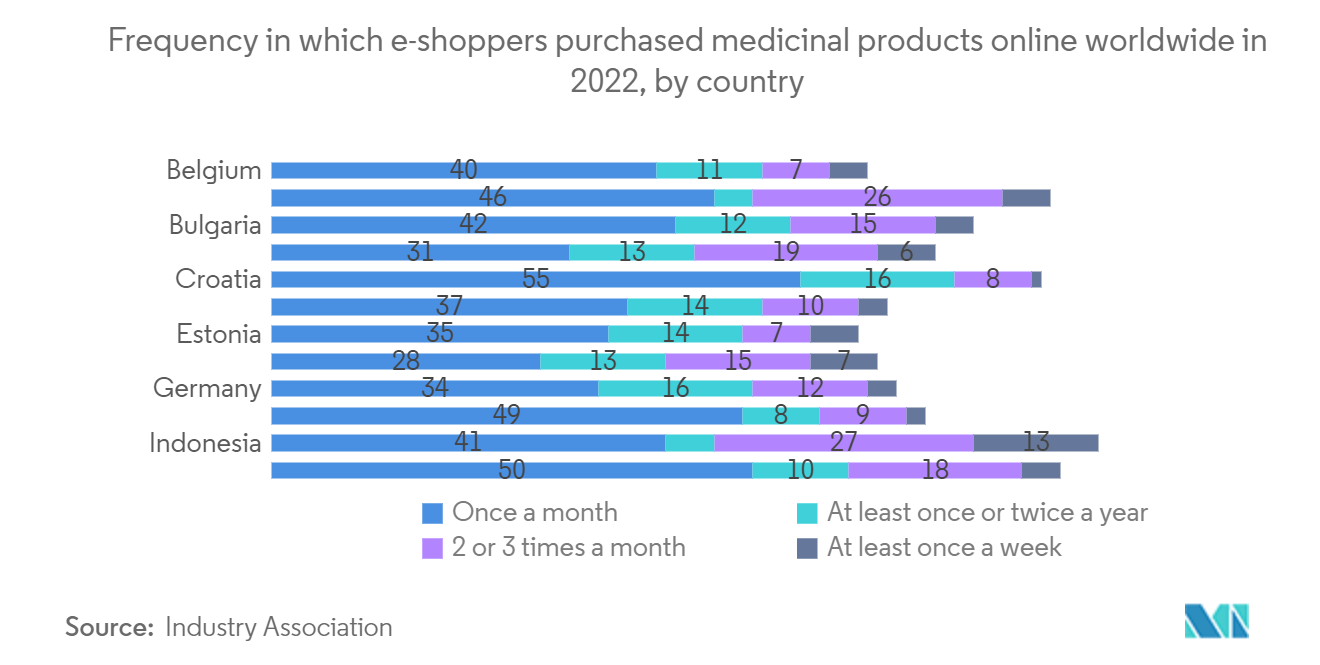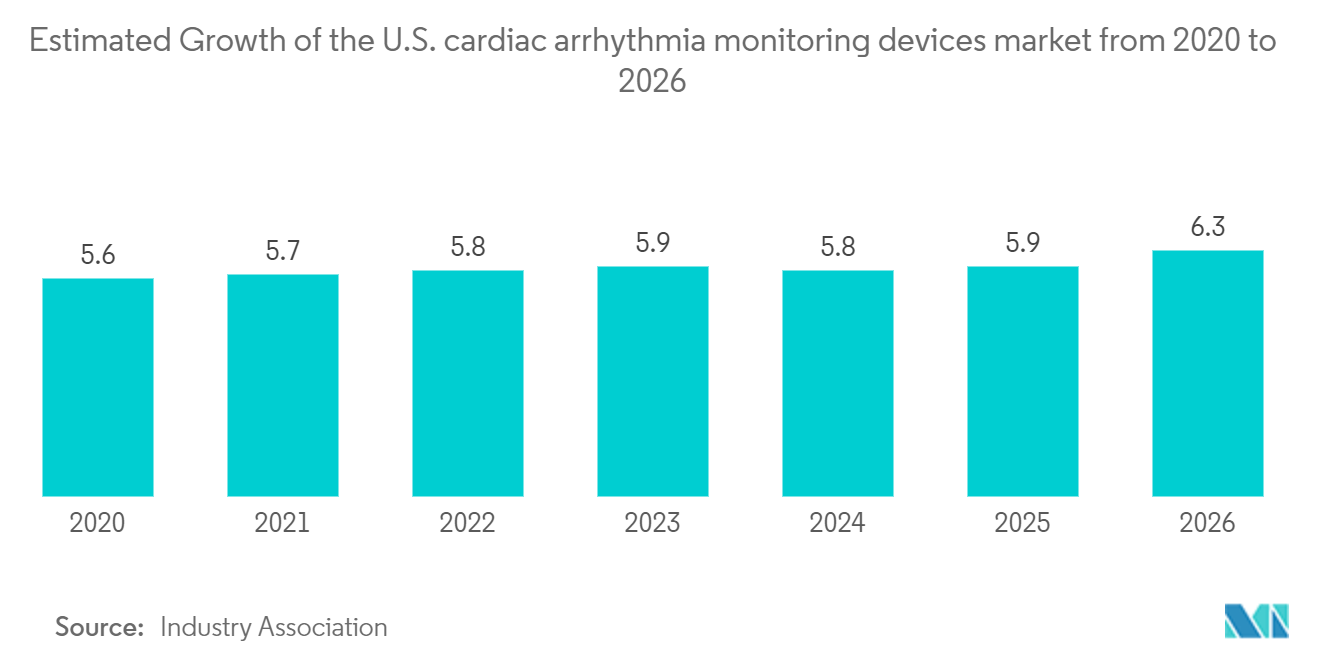Market Trends of Direct-to-Patient Healthcare Logistics Industry
Increase in Prescribed Medicine Delivery Dominating the Market
Chronic diseases and co-morbidities are on the rise alongside the growth of the world's population. The incidence of chronic diseases is expected to increase rapidly, with developing countries accounting for about 60% of the burden. This is a direct consequence of the demand for efficient healthcare delivery systems.
Therefore, easy access to the nearest pharmacy or where you can order deliveries by door is essential. Several delivery systems provide round-the-clock customer care, which helps patients adhere to their treatment plans.
The popularity of delivery services in recent years has primarily been attributed to companies such as Amazon, which pioneered a process called "click and sell." In many sectors, this need for instant satisfaction is spreading, leading to increased demand for services that are available later.
Patients now have access to faster, more convenient care through telemedicine, allowing them to receive care anytime, anywhere. When there is greater customer demand, the need for new or improved technology in different prescription delivery methods increases accordingly.
Starting in 2025, Cleveland Clinic plans to use drones to deliver particular medications to patients' houses. The service will initially send specialty medicines and prescription drugs to patients in their homes from more than a dozen Cleveland Clinic sites throughout Northeast Ohio. In the future, this program will be extended to delivering laboratory samples, prescription meals, surgical supplies, and items for hospital home care services. Most of these shipments would have been dispatched by automotive courier or road transport.
In October 2023, the pharmacy announced Amazon's latest innovation, a drone delivery service for medicines. Initially, the service will be launched in College Station, Texas, where customers can have their prescription drugs delivered outside the door in less than 60 minutes. This new offering is a big feat, evidenced by the company's investment and infrastructure devoted to this effort.

North America is Dominating the Market
An increasing number of clinical trials for drug development conducted by pharmaceutical companies drive the market in this region. As a result of the rise in internet users, increased access to web-based services and online commerce, and the growing use of e-prescriptions by hospitals and other healthcare facilities, the North American market for e-pharmacies is growing substantially. E-prescription is the electronic prescribing technology that allows healthcare professionals to go paperless by sending prescriptions in digital format instead of handwritten prescriptions.
With the ScriptDrop partnership, Uber is expanding its business of delivering prescription drugs. Due to difficulty accessing pharmacies, many patients do not adhere to their prescribed medication regimen. Uber Health's new service allows patient care teams to ship medications directly to patients and track the delivery status to close the loop entirely. More than 3,000 healthcare customers like Boston Medical Center and ModivCare work with Uber Health to provide access to rides to medical appointments.
In March 2022, Walgreens and Labcorp, a global life sciences company, announced the availability of Pixel by Labcorp COVID-19 at-home collection kit, a PCR test available through Labcorp OnDemand, at no cost to individuals who meet clinical guidelines. Walgreens' addition of the kits, provided in collaboration with the US Department of Health and Human Services (HHS), offers convenient and reliable testing services, making it easier for more communities to access them.
In January 2024, pharmaceutical company Eli Lilly and Company launched a program to make its medicines directly available to patients with diabetes, migraine, and obesity. The drug manufacturer based in Indianapolis, Indiana, announced its new LillyDirect digital healthcare experience, which provides online access to independent healthcare providers. Through this, patients can receive prescribed medications via direct home delivery.


